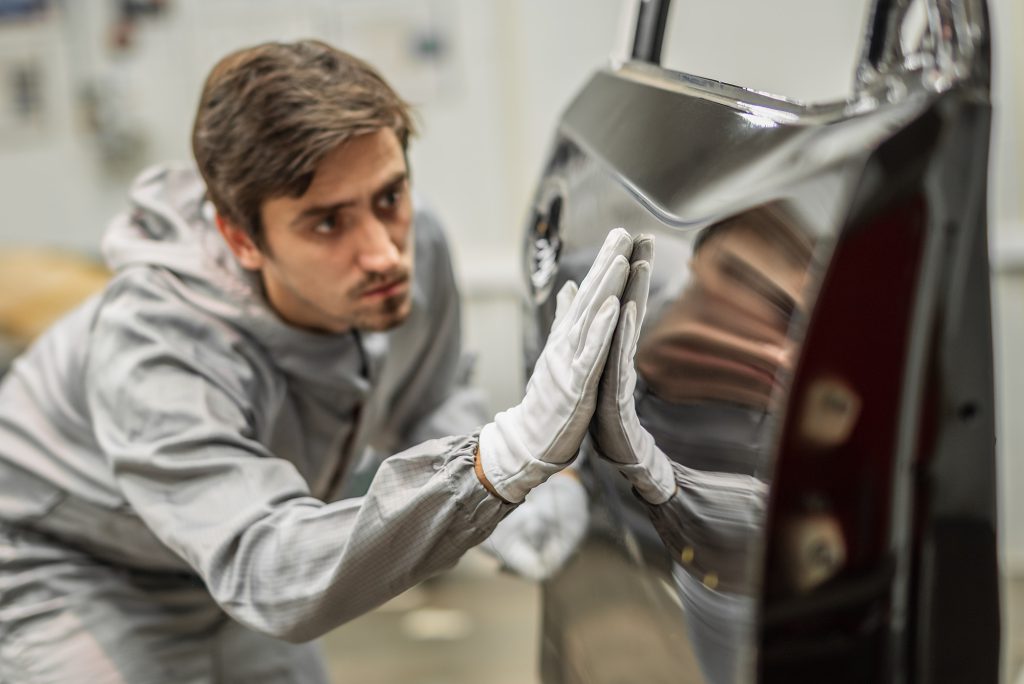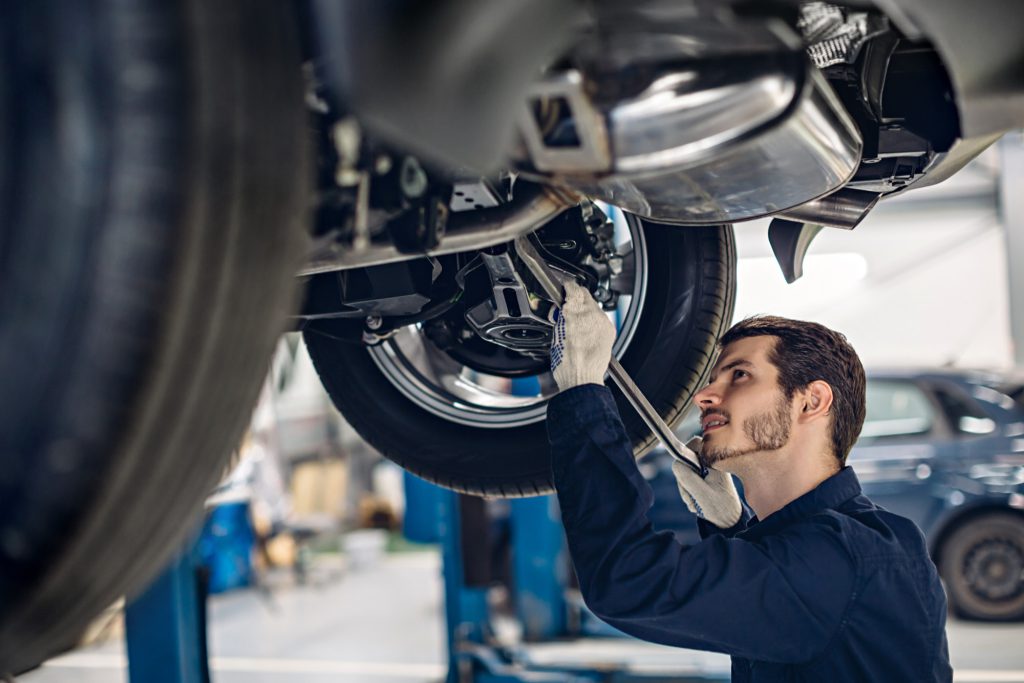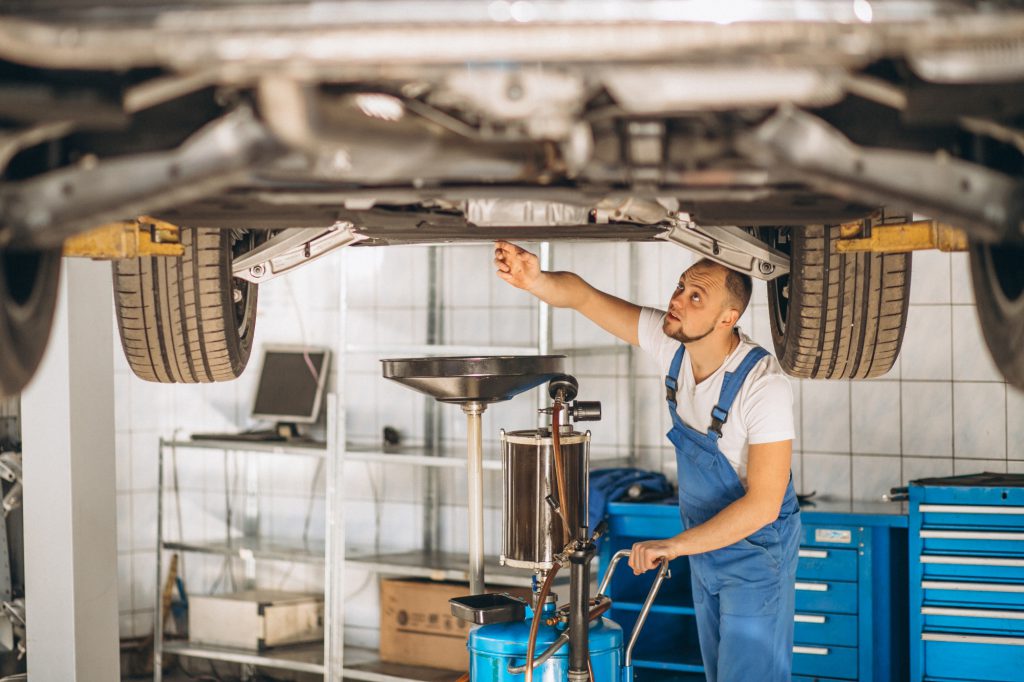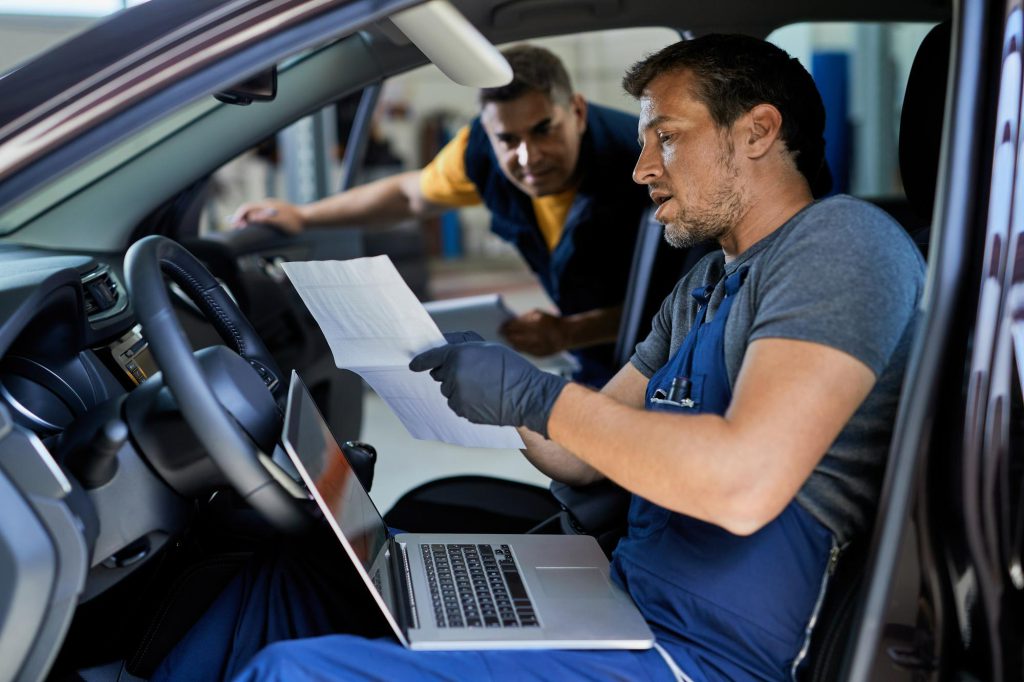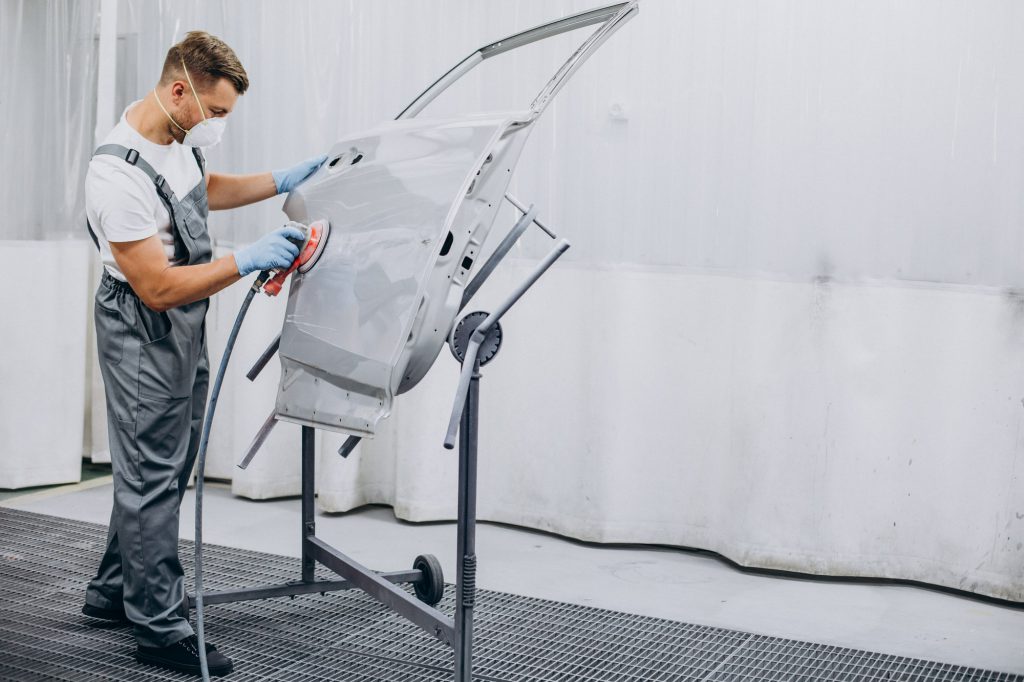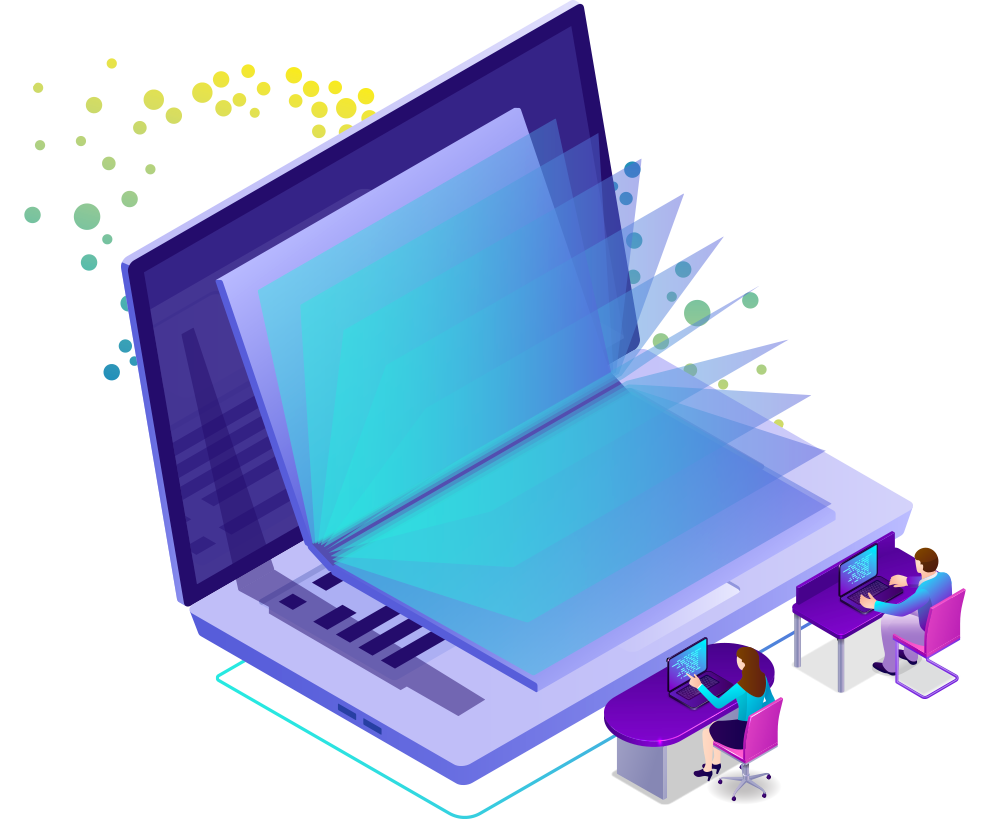
Use of own-recorded videos and photos as a complement for face-to-face learning
Use of own-recorded videos and photos in order to provide supplementary material for enriching basic contents taught on a face-to-face modality
Spain / CIFP Someso
To provide a series of audio-visual materials (concise and highly explanatory) that allow students to combine face-to-face teaching with more autonomous learning through an LMS platform.
When I decided to apply this methodology, there was a situation of pandemic lockdown in our country, so the students had no way to receive practical face-to-face training and we had to look for alternatives.
A few years ago, the Regional Ministry of Culture, Education and University of Xunta de Galicia launched a digital policy aimed at improving the ICT skills of teachers and supporting digital technologies at schools. It includes regular training courses for teachers and various digital hardware and software (personal computers, laptops, digital whiteboards, LMS Moodle, etc.). During the pandemic, additional measures were taken such as the loan of laptops with free Internet connection for low-income students, installation of HD webcams in classrooms, etc. Recently, the Galician Digital Education Network has been launched to take advantage of the use of digital technologies applied to the teaching-learning process in the classroom, and to make educational centres digitally competent organizations.
It took us a few days to make the different videos for the classes. This implied not only recording them, but also thinking about the best way to show what we wanted without making too long/heavy videos. Many of our students were accessing the material through their smartphones with a limited plan of data, so the size of videos in that moment was something to consider. We were creating the material depending on the topics to be displayed.
This practice was applied in the next 3 subjects:
Surface preparation – This subject contains the necessary training to perform the function of preparation and application of anti-corrosion treatments and levelling of vehicle surfaces.
Treatment and coating of surfaces – This subject contains the necessary training to perform the function of diagnosing, assessing and planning the processes of preparation and beautification of surfaces of vehicles.
Engines – This subject contains the training required to perform the function of maintaining two- and four-stroke heat engines, and their lubrication and cooling systems.
The practice was implemented with learners of 3 groups:
Technician in Bodywork (Intermediate VET cycle, EQF ~4), 2nd course, subject Surface preparation, average age 20 years, 7 students, Dual VET modality.
Technician in Motor Vehicles Electromechanics (Intermediate VET cycle, EQF ~4), 1st course, subject Engines, average age 18 years, 12 students, Dual VET modality.
Automotive technician (Higher VET cycle, EQF 5), 2nd course, subject Treatment and coating of surfaces, average age 24 years, 22 students.
This practice allows to provide a series of short videos that cover the different practical contents of the subjects involved. These have been proven as useful resources to complete the training of our students.
The emphasis of the course was to enable learners to have a more practical view of contents as well as a flexible follow-in of the course.
Prior to the pandemic, classes were carried out in a more conventional way with face-to-face attendance at the workshop. But after the pandemic started, students were receiving the developed material mainly through the VET centre Moodle. We integrated all the resources (course documents, lecture notes, assignment sheets, own-recorded videos, photos, discussion forums, etc) in our LMS, which was already in place.
Online activities took place asynchronously with learners participating at their convenience. I used e-mail to contact students who were not active in the online as well as for collecting some of the assignments which needed more calculation work.
After the lockdown period we continue to use this approach even during face-to-face sessions as a lead-up to the workshop visit. We find it a good way to engage students and get their attention.
The main results of this practice are a series of videos that address the different topics of each subject. In addition to photographs and several PPT presentations made.
The fact that the videos were recorded by ourselves, with the teachers themselves being the ones who spoke and explained, made the students have a better predisposition than in the case of using videos of third persons, for example from YouTube, etc. I think it increased their engagement.
For this practice to work, teachers need to be encouraged to record videos designed to be useful.
The videos were recorded with smartphones, but they could be improved using devices that allow higher video and image quality. On the other hand, too high-quality videos require good Internet connections which are not always available for some students.
